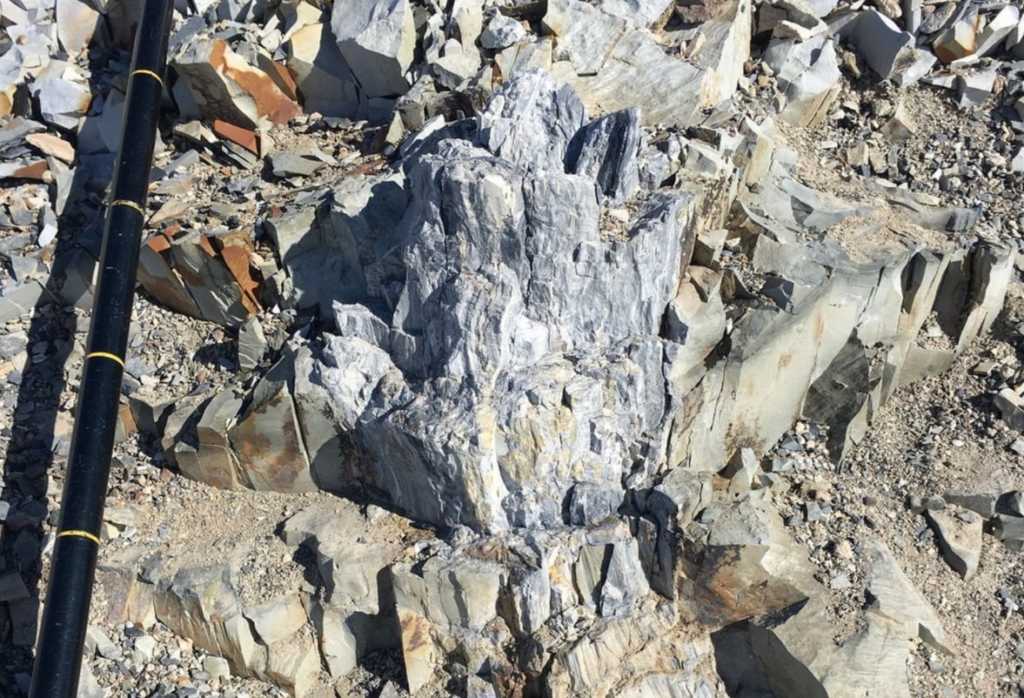A Christian geologist has claimed that a recent discovery of fossilized tree stumps in Antarctica confirms the Bible’s account of the Great Flood in Genesis.
Dr. Tim Clarey describes the recent discovery of the immaculately preserved stumps in a recent post at the Institute for Creation Research’s (ICR) website:
“A team of scientists led by Erik Gulbranson recently discovered a forest of fossil trees in Antarctica. Gulbranson, a paleoecologist at the University of Wisconsin-Milwaukee, claims this is the “oldest polar forest on record from the southern polar region.”
“The trees were found in Antarctica’s Transantarctic Mountains and include a mix of evergreens, deciduous trees, and gingkoes,” Cleary wrote. “This discovery should be no surprise to those who take Genesis as literal history.”
Erik Gulbranson and John Isbell found the fossilized trees while conducting painstaking research across the uninhabitable region.
https://twitter.com/scitecho/status/930752575993008130?ref_src=twsrc%5Etfw&ref_url=https%3A%2F%2Fnews.nationalgeographic.com%2F2017%2F11%2Fancient-fossil-forest-found-antarctica-gondwana-spd%2F
“People have known about the fossils in Antarctica since the 1910-12 Robert Falcon Scott expedition,” Gulbranson said. “However, most of Antarctica is still unexplored. Sometimes, you might be the first person to ever climb a particular mountain.”
The researchers believe that the ancient trees lived 260 million years ago before a vast “extinction event” killed them off. “This forest is a glimpse of life before the extinction, which can help us understand what caused the event,” Gulbranson added.
“The Permian Period ended 251 million years ago in history’s greatest mass extinction, as the Earth rapidly shifted from icehouse to greenhouse conditions,” explains a University of Wisconsin–Milwaukee report. “More than 90 percent of species on Earth disappeared, including the polar forests.”
“The continent as a whole was much warmer and more humid than it currently is today,” Gulbranson asserted, as reported by National Geographic.
However, despite the harshness of climatic conditions at the time, these plants somehow managed to survive – something that scientists are still trying to comprehend.
“Somehow these plants were able to survive not only four to five months of complete darkness, but also four to five months of continuous light,” Gulbranson said. “We don’t fully understand how they were able to cope with these conditions, just that they did.”
Scientists currently have no clear explanation as to the nature of such a devastating extinction event, nor do they know what type of natural disaster occurred. Some have speculated that it could have been an enormous volcanic eruption.
“The extinction was probably driven by massive greenhouse gas emissions from volcanoes, which raised the planet’s temperatures to extreme levels and caused the oceans to acidify, scientists have found,” wrote Stephanie Pappas at LiveScience.
“During this event, as many of 95 percent of Earth’s species died out.”
Cleary, however, is convinced that the Biblical narrative of the “Great Flood” was what caused the trees to become submerged, and was the true cause of this catastrophic event.
He argues that if millions of years had elapsed between the proposed volcanic eruption and now, the tree roots would have been completely destroyed. However, his assertion that a sudden, few-thousand-year-old flood struck the earth could be the reason these trees are preserved in the condition in which we find them today.
“How could proteins and original amino acids survive for millions of years? The secular science community has no viable answers to explain remarkable finds like these,” he added.
“The Bible clearly describes a global Flood that affected all land masses—why should Antarctica be an exception?” he wrote.
Cleary asserts that other discoveries suggest that the pre-Flood climate was much warmer than many assumed:
“Dinosaur and mosasaur (massive swimming reptiles) fossils occur on every continent including Antarctica. These discoveries demonstrate that a much warmer global climate existed in the pre-Flood world.2 Warm-weather plants like Glossopteris have been found in Permian rocks on Antarctica for decades and are often used to make plate tectonic reconstructions.”
The fossil trees themselves tell “a far more recent story,” Cleary argued. “One that fits the biblical account of a global Flood just thousands of years ago.”
He concluded: “These trees were buried rapidly during the global Flood described in Genesis. Temperate and tropical plants and animals were caught up and quickly buried in the ash, mud, and sand that engulfed them in this cataclysmic event. These fossils remind us that God’s Word is true.”



